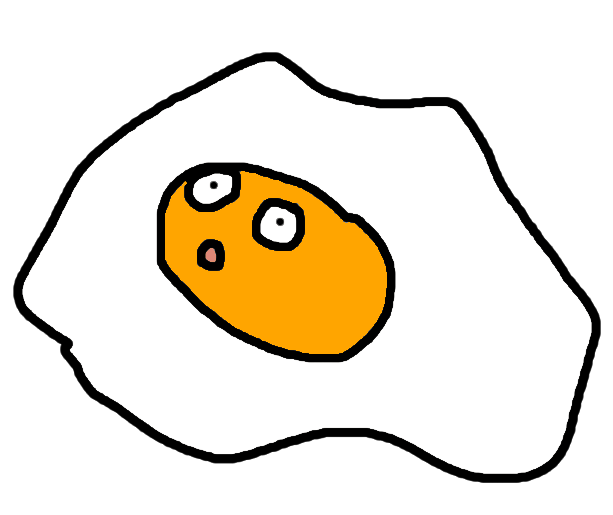Kephalon
The residents of Kyrophis, kephalons are exceptionally intelligent octopuses. Some consider kephalons to be one of the most intelligent beings in the Yonderverse, but luckily their intelligence is used more for their own pleasure and happiness, as opposed to world domination.
Anatomy

Kephalons are closely related to giant octopuses, a testament to their size with a radial length of between six and eight feet. Like others in their genus, kephalons have large wrinkles running down their bodies and arms.
The brain of a kephalon sits farther back in the mantle, protected by a dense gladius, which can soften and harden at will. Interestingly, the gladius is not found in other octopus species, but instead squids. This suggests that kephalons might be closer related to squids, but most scientists refuse to accept that.
Their common skin tones are on the darker scale, with subtle blues, browns, and purples. More rarer shades include many bright colours. Chromatophores in the skin allow kephalons to change colours through millions of tiny muscle contractions. Mood, emotion, temperature, climate, and general environment all play a part in changing colours.
Phylum: Mollusca
Class: Cephalopoda
Order: Octopoda
Family: Enteroctopodidae
Genus: Enteroctopus
Species: E. kyrophis
Rare:
Average Lifespan: 20 - 40 years
Inks & Kinks
Kephalons are a very passionate species. Ink squirting is one of the many ways to please a kephalon. Colour changing to certain romantic hues, such as a deep crimson or a vibrant rose, is one of many forms of flirtation.
The pleasure that kephalons expect from partners usually cannot be achieved by other species, so interspecies relationships is uncommon. Many kephalons in space seek out other suckered species. Several dating apps for these people, such as SuckMe, specialise in matching people with tentacles and related body parts.
Radial Length
6 - 8 feet








Comments